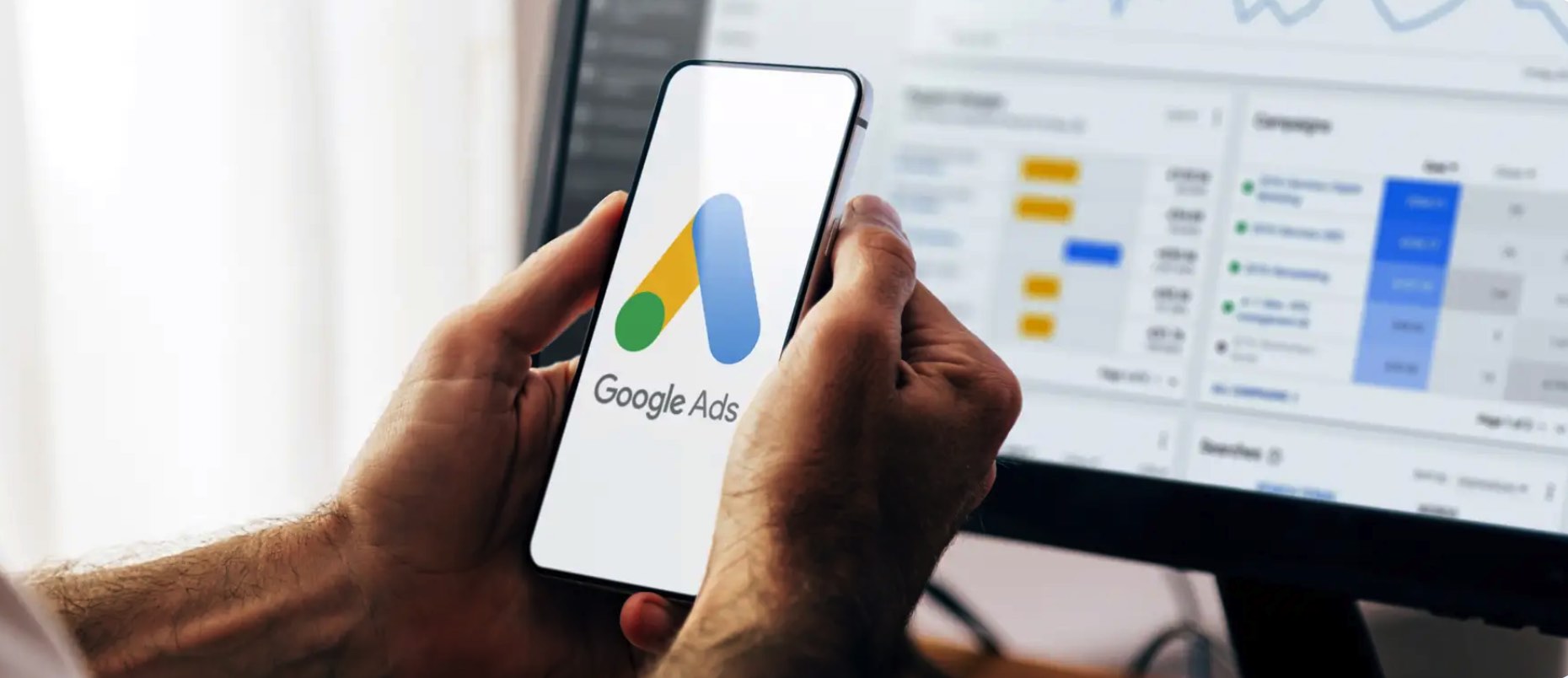As we enter the second quarter of 2025, Google Ads continues to push the boundaries of digital advertising through AI-driven automation, enhanced personalization, and more efficient campaign management tools. Recent updates to Google Ads Editor, Performance Max, and Shopping Ads reflect Google’s commitment to optimizing the advertiser experience while improving engagement and conversion rates.
For businesses, staying ahead of these advancements is crucial to maintaining a competitive edge. In this article, we’ll explore the most significant Google Ads updates, key trends shaping the future, and actionable strategies to help advertisers maximize their impact through the rest of the year.
Google Ads Editor 2.9: Enhancing Campaign Management Efficiency
Google Ads Editor remains an essential tool for PPC specialists, enabling bulk edits and campaign optimizations at scale. The latest version, Google Ads Editor 2.9, introduces several enhancements:
- Enhanced Support for Performance Max (PMax) Campaigns: New features allow for more granular control over asset groups, audience signals, and conversion goals.
- Bulk Editing for More Campaign Types: Advertisers can now apply bulk changes more efficiently to Demand Gen, Video Action, and Shopping campaigns.
- Improved Asset Management: A more intuitive interface simplifies the process of updating ad creatives and extensions across multiple campaigns.
- Performance Metrics Integration: Enhanced reporting capabilities allow advertisers to analyze campaign performance without switching between platforms.
With these updates, marketers can streamline their workflow, improve efficiency, and maximize the impact of their ad spend.
AI-Powered Personalization in Google Shopping Ads
Google continues to enhance shopping ads by leveraging AI to create a more personalized experience. These new AI-driven tools ensure that ads are more relevant based on user behavior, browsing history, and past purchases.
Key AI Advancements in Shopping Ads:
- Predictive Audiences: AI now processes real-time shopping data to predict what consumers might purchase next, allowing ads to adjust dynamically.
- Immersive Shopping Experiences: With improved AR/VR integration, shoppers can now see products in real-time, leading to higher engagement and conversion rates.
- Automated Product Descriptions: AI-generated descriptions ensure consistency, clarity, and relevance across different shopping campaigns.

Performance Max: Elevating Automated Advertising
Performance Max (PMax) continues to redefine campaign automation. Helping advertisers optimize across multiple channels with the power of machine learning. In 2025, Google is introducing additional features to refine this process.
Key Upgrades in Performance Max:
- More Control Over Bidding Strategies: Advertisers can now fine-tune bid adjustments based on audience segments and their likelihood to convert.
- Creative Asset Insights: AI-powered recommendations now suggest creative improvements to increase engagement and conversion rates.
- Customizable Conversion Goals: New options allow businesses to prioritize high-value actions like repeat purchases and subscriptions.
- Brand Safety Enhancements: Improved placement exclusions ensure that ads appear only in relevant and brand-safe environments.
Businesses can maximize campaign efficiency, improve targeting precision, and drive stronger ROI.
Google Ads Trends for 2025: What Businesses Need to Know
Several major trends are shaping the future of Google Ads. Staying ahead of these changes will be essential for digital marketers.
Emerging Trends in Google Ads:
- The Growth of Demand Gen Campaigns: Google is shifting focus towards Demand Gen campaigns, which use AI to refine audience targeting and enhance ad performance.
- Cookieless Advertising Solutions: As third-party cookies phase out, Google’s Privacy Sandbox is introducing alternative targeting methods that protect user privacy.
- Expansion of Video & Visual Search Ads: Google is increasing the use of video and image-based search ads, making it easier for brands to capture audience attention.
- Advancements in AI-Powered Bidding: Automated bidding strategies are evolving, allowing advertisers to optimize for long-term customer value rather than short-term conversions.
Preparing for the Future of Google Ads
With automation and AI playing a larger role, businesses must adapt to remain competitive. Here are some steps to stay ahead:
- Embrace AI-powered automation to enhance efficiency and personalize ad experiences.
- Optimize Performance Max campaigns to expand reach and drive conversions.
- Leverage predictive audience targeting to anticipate consumer behavior.
- Stay informed about privacy-focused solutions to navigate the cookieless future effectively.
- Utilize Google Ads Editor 2.9 to simplify campaign management and improve workflow.
The digital advertising landscape is evolving rapidly, with AI and automation playing a larger role in campaign management and audience targeting. Businesses that embrace these innovations—whether through Performance Max, predictive audiences, or AI-powered personalization—will be well-positioned to drive stronger engagement and ROI. By using the latest innovations in Google Ads, advertisers can maximize their impact in 2025 and beyond.
This blog was penned by Peri Nikolas, Digital Marketing Associate. If you’d like to discuss how these Google Ads updates impact your business and explore strategies tailored to your goals, reach out to Bill Morrow, Managing Partner at Empirical. Bill and his team can provide insights to help you navigate these changes and make the most of your digital advertising investments. Find us at hello@thinkempirical.com or (610) 994-1139.



